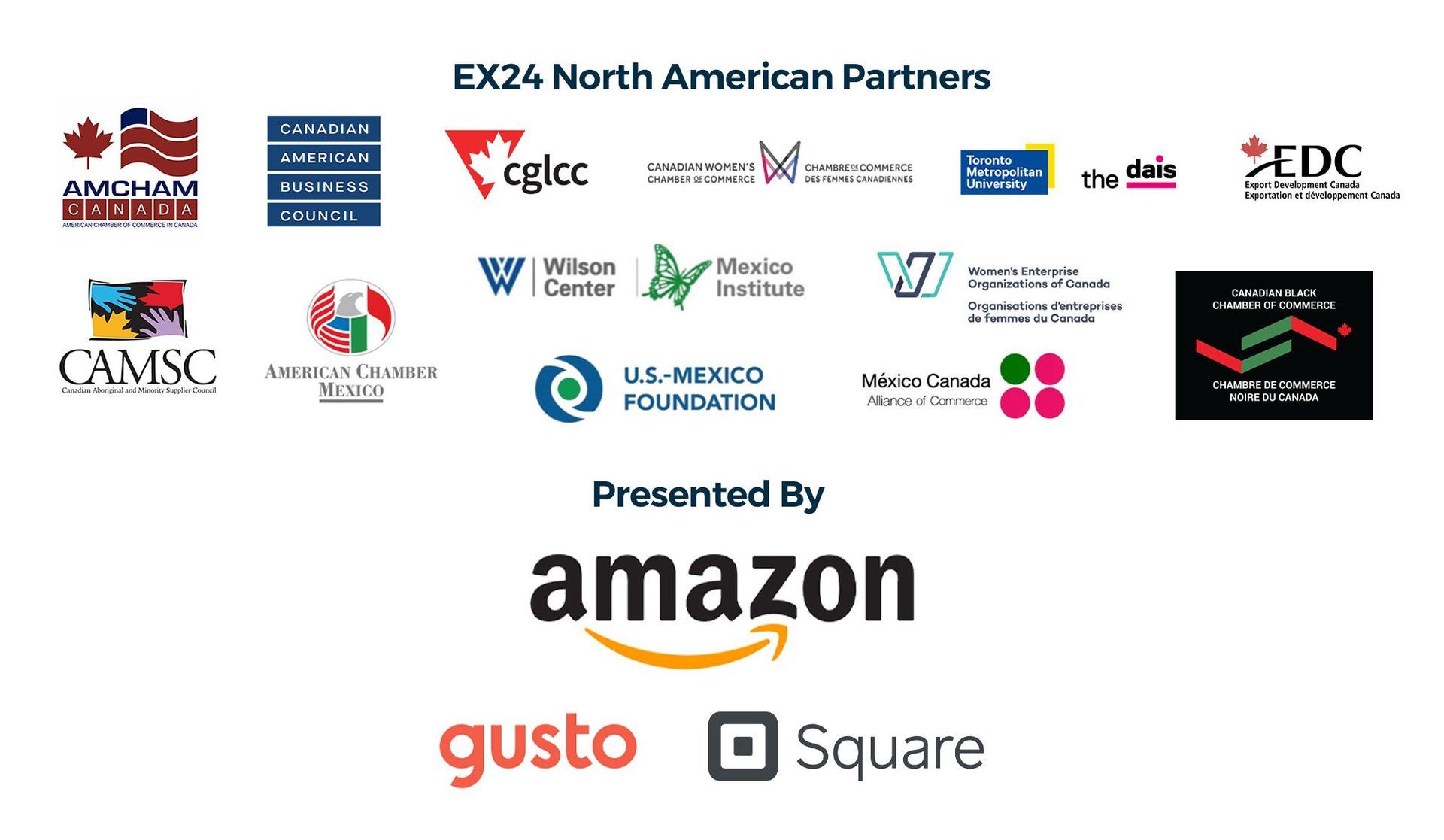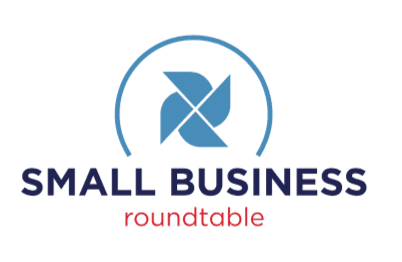A Hands-On Look at (Some) Modern Entrepreneurs
Throughout the pandemic, Small Business Roundtable (SBR) chronicled the need for small business owners to take their business online. In fact, embracing e-commerce was one of the many ways entrepreneurs survived one of the most challenging business environments in decades. From iconic restaurants utilizing delivery services to retailers offering goods on overnight-made websites or online marketplaces, small businesses leaned into online sales and digital tools to survive, and in many cases, flourish.
Since the country has re-opened, I’ve been fortunate to reconnect with small business owners around the nation and hear their journeys. For many, leveraging technology has been a common response to “what’s different” about your company now. Small businesses are increasingly embracing the role of e-commerce, which is contributing to strong economic growth in this sector during the first years of the Biden Administration. In fact, the Biden Administration just recently announced more than 10 million new business starts – many of which rely on e-commerce to gain customers or digital tools to run their business. The breaking of the digital divide is finally paying the entrepreneurship dividends many of us hoped for.
Earlier this month, I had the opportunity to explore one of the largest e-commerce platforms when I was in Seattle for the
Amazon Accelerate 2023 conference. During the conference I prioritized spending time with some of the sellers attending the conference. Small business owners’ stories are one of the great benefits of my job, and these stories did not disappoint.
There was the wreath maker, the lice-fighter, and of course, a
celebrity seller (whose own story on the need for accessible products for diverse communities resonated with the audience)! Their stories had a common theme: selling online has transformed their lives. It put their product in front of an unimaginable number of customers. It’s not easy, and it isn’t overnight, but with the right combination of customer engagement and reputation management, they succeed. And for some, the success has been transformative – the very wealth creation we all work toward as small business advocates.
Speaking of other advocates, I was joined by other national organization leaders and we were fortunate to get a behind-the-scenes look at the fulfillment centers that enable Amazon’s almost unthinkable delivery capabilities. What stood out the most? The sheer audacity of promising fast delivery up closer and personal. This facility houses some 21 million products, 3 million of which would move out every week. I hope to do another write up in detail soon.
The conference itself – which hosted some 3,000 business owners and employees -- centered on new products designed to help sellers. Of particular interest was learning that Amazon is heavily dependent on the success of its small businesses:
more than 60% of sales come from independent sellers, most of which are small or medium sized businesses.
Most of the changes centered around expanding logistics capabilities available to sellers. The Fulfillment by Amazon (“FBA” to the locals) will soon be complemented by Supply Chain by Amazon (“SCBA?”) which offers an end-to-end solution. It was clear that to keep sellers engaged on this marketplace – which isn’t the only one – one theme came through—these tools encourage small businesses to focus on their core competencies like innovating for consumers, building their brands, and developing a strong customer base.
I was surprised, however, to learn that many of these benefits were being offered even to those selling off Amazon. These “omnichannel” solutions – meaning they can be leveraged for direct sales or in other marketplaces including brick and mortar stores like Walmart – are a response to interest in sellers using Amazon’s logistics to enable all their business across multiple sales channels.
Over the past decade, I have heard almost every imaginable barrier or obstacle facing small business owners. Most want to focus on innovating, creating and selling. It seems they have found a match in a surprising place: one of America’s largest companies, Amazon. I look forward to continuing to hear how the sellers I met continue to face challenges and competition.
What is clear, though, is the fast-forwarded adoption of e-commerce is now integral to a growing part of the small business community.
John Stanford is the Co-Executive Director of Small Business Roundtable.

